Climate change affects life over time.
I study the fossil record to understand how climate change has affected life in the past and how it will affect life in the future.
Climate is changing rapidly, and it’s already having negative effects on wildlife. But in order to understand how those effects will impact biodiversity in the future, we need a frame of reference that spans a very long time interval. I therefore study the fossil record to see how climate change affected animals in the past over millions of years. I focus on reptiles because they are especially sensitive to changes in climate. Reptiles primarily get heat from their surroundings – thus, climate affects their ability to engage in any kind of activity. In order to interpret these effects on past reptiles, I also study living reptiles to understand how they are responding to climate change today.

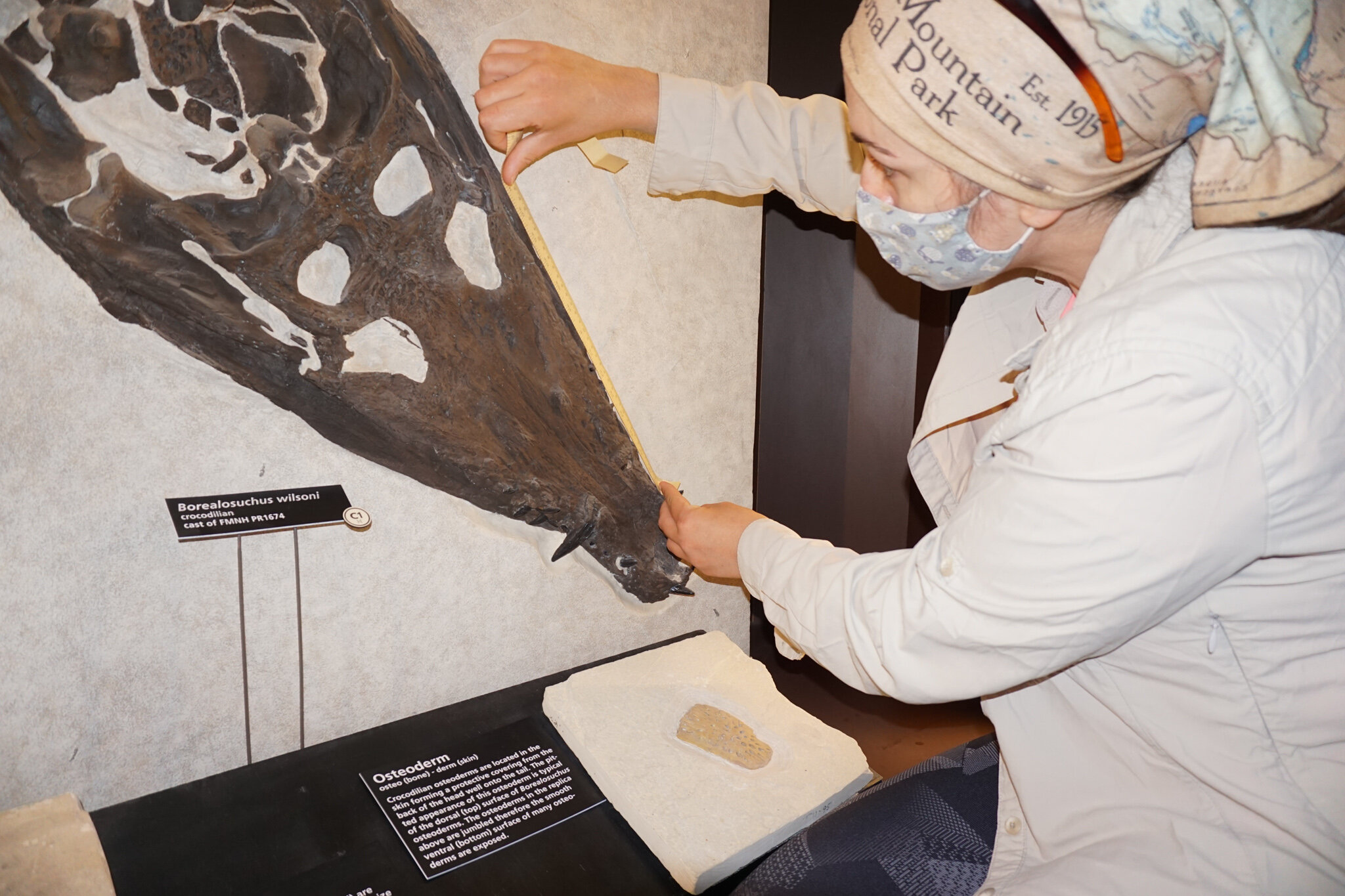
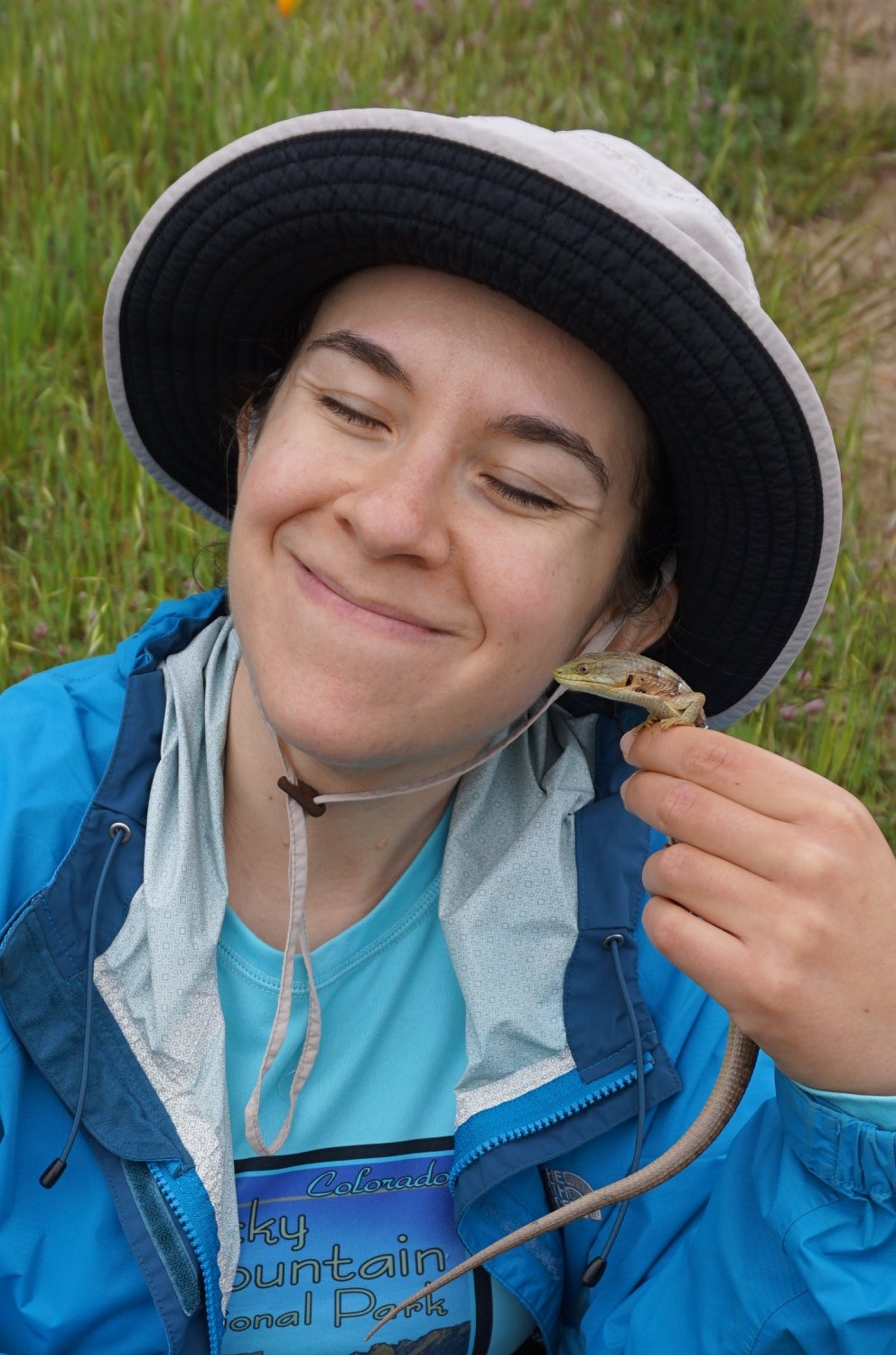
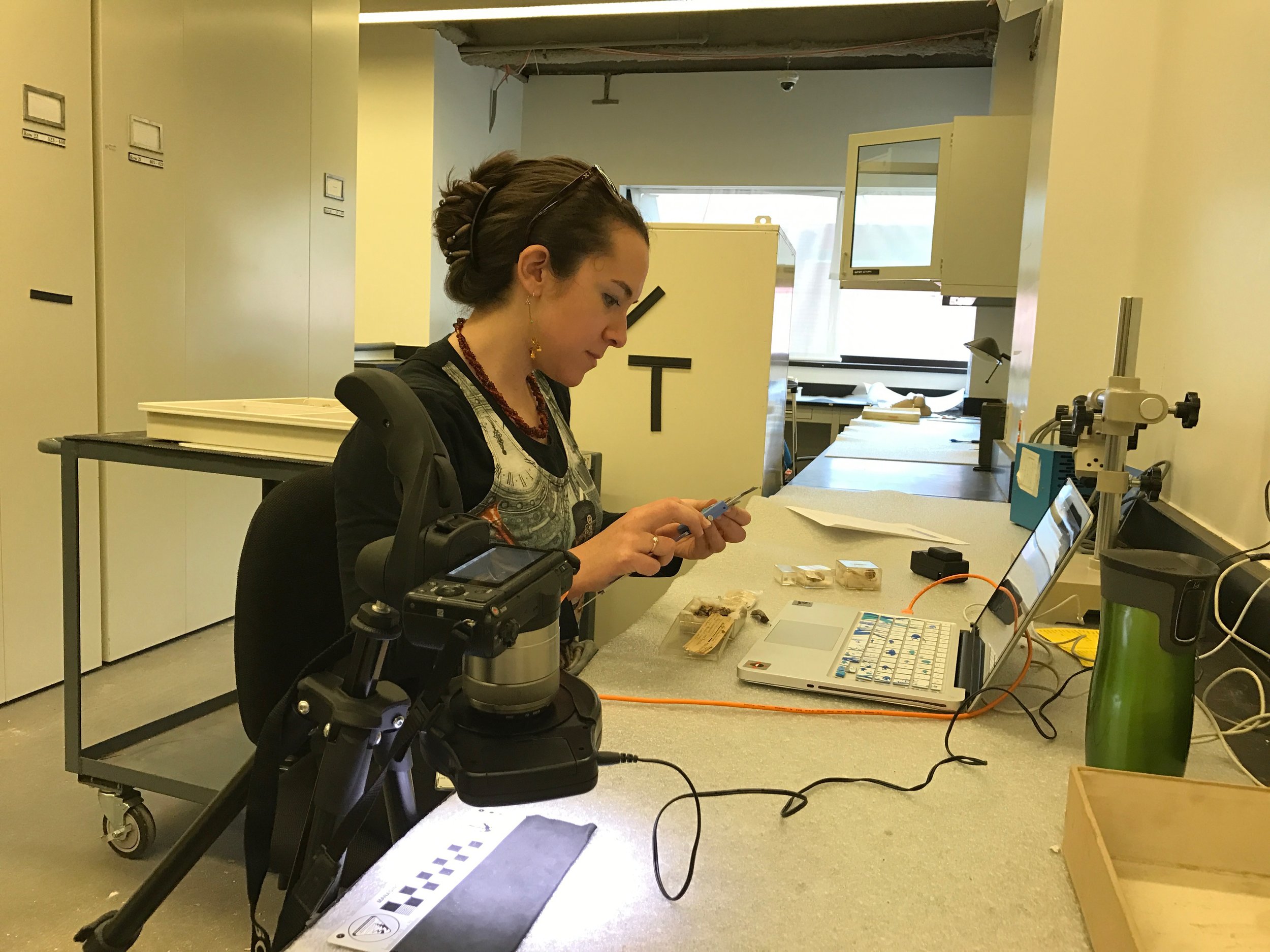
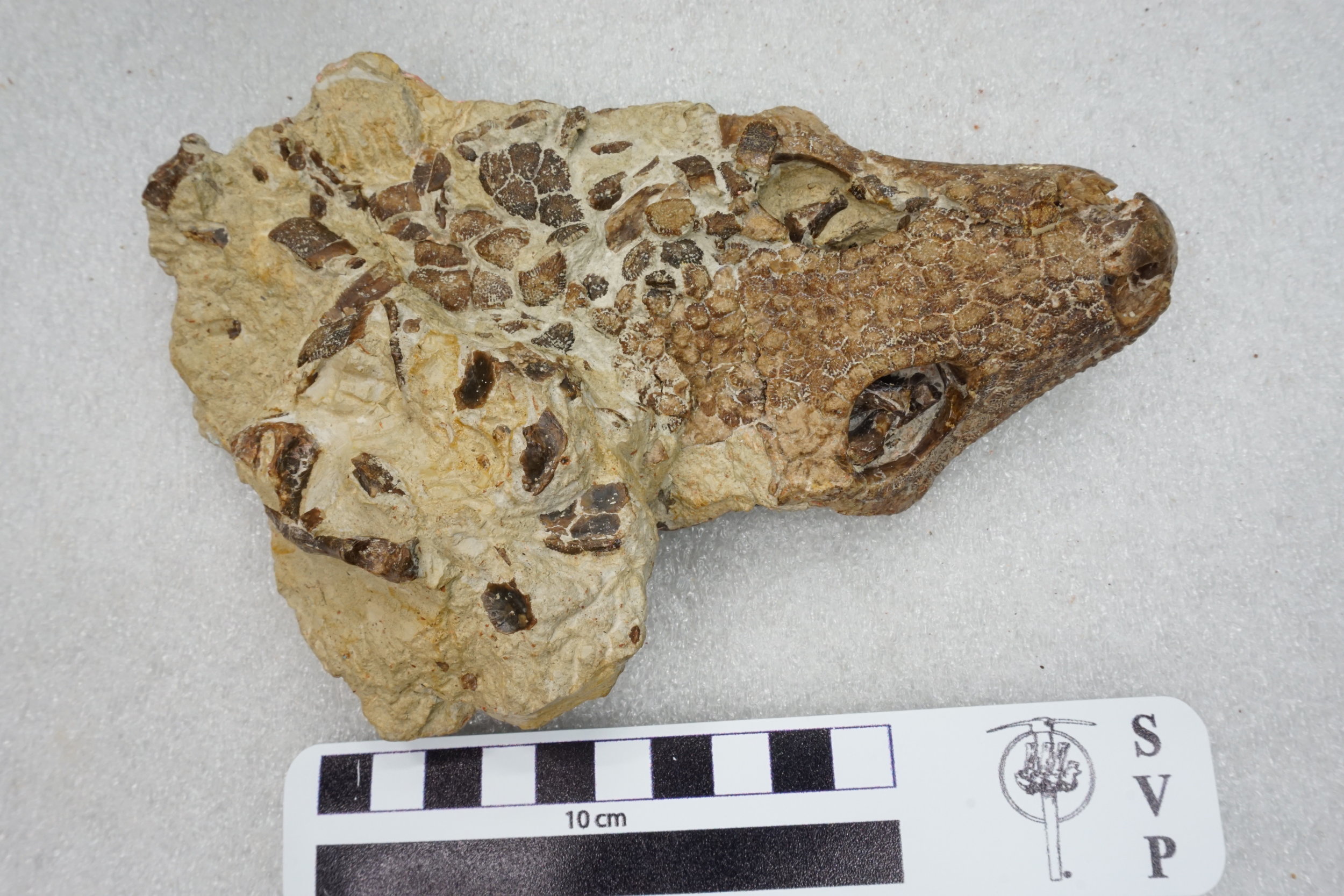
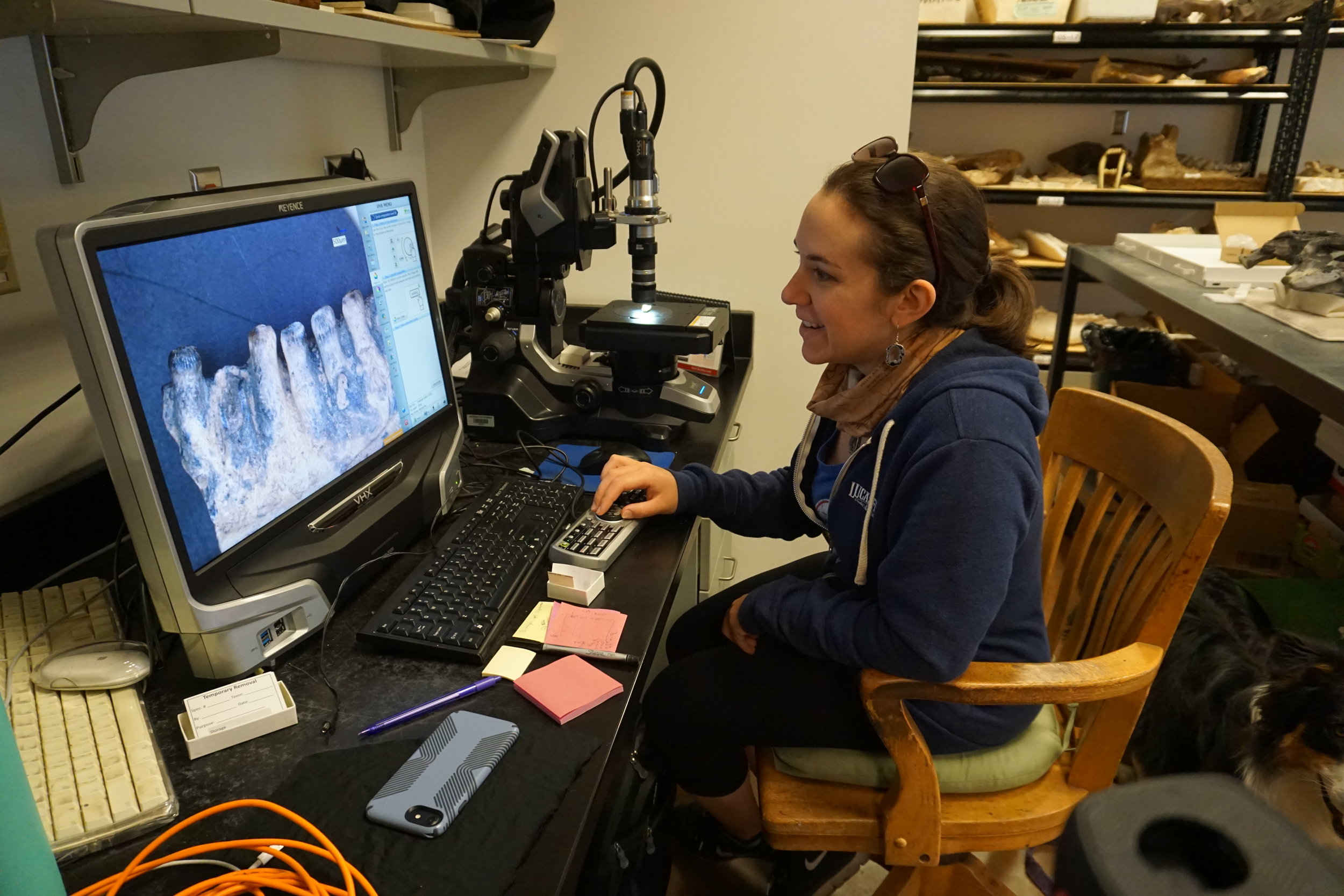
My doctoral research, which I recently completed through the University of California, Berkeley with the University of California Museum of Paleontology, investigated climate change impacts on body size and dispersal in past communities of reptiles. I examined lizards and crocodyliforms (crocodylians and extinct relatives) that lived in the Western Interior of what is now the United States from about 66 to 23 million years ago (Mya), an interval of time called the Paleogene. The Paleogene encompassed dramatic episodes of climate change, including a rapid warming event around 56 Mya that compared to the climate warming we are experiencing now.
Please stay tuned for upcoming publications based on my dissertation research!
Banner Image: Badlands National Park, South Dakota, which includes sediments that span a large portion of time (37-28 Mya) from the Paleogene. This region is part of my study system.
Selected Research Publications
ElShafie, S.J. Does gigantism track climate in lizards or crocodyliforms over deep time? In prep.
ElShafie, S.J. Earliest evidence of caudal autotomy in a derived fossil squamate. In prep.
ElShafie, S.J. 2024. Body size estimation from isolated fossil bones reveals deep time evolutionary trends in North American lizards. PLoS ONE 19(1): e0296318.
ElShafie, S. J. 2022. Does reptile body size track climate change over millions of years? Doctoral Dissertation. University of California, Berkeley. Department of Integrative Biology.
ElShafie, S. J. 2014. Body size and species richness changes in Glyptosaurinae (Squamata: Anguidae) through climatic transitions of the North American Cenozoic. Masters Thesis. University of Nebraska, Lincoln. Department of Earth and Atmospheric Sciences.
Sereno, P.C. and S.J. ElShafie. 2012. A New Long-Necked Turtle, Laganemys tenerensis (Pleurodira: Araripemydidae) from the Elrhaz Formation (Aptian-Albian) of Niger. Morphology and Evolution of Turtles. D. B. Brinkman et al. (eds.). Springer, Netherlands: 215-250.
Press
“The temperature of reptiles then and now,” Burke Museum of Natural History and Culture Website, November 2017

